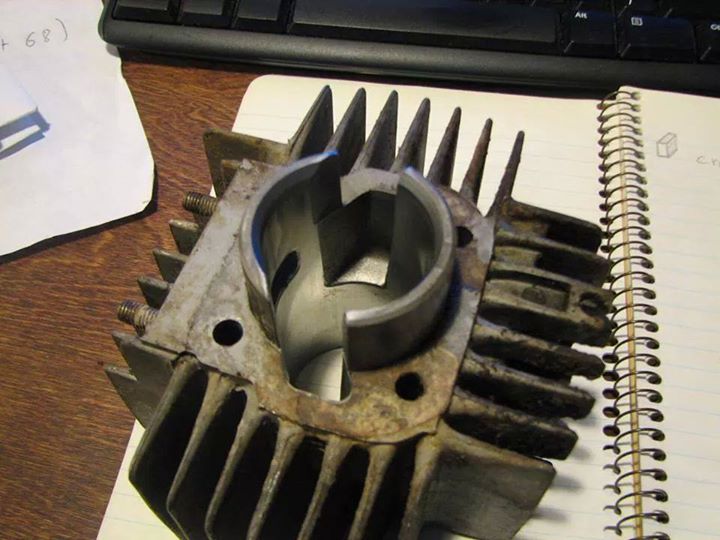lazy, you sure aint

an informative post and once again confirming all my hates against these things...piston never uncovers transfers... theres no meat in there... the fins are too thin...its altogether best to attempt the casting of a new cylinder... ideally one retains that lil bit of cylinder wall and gives it more curve rather than sharp angles...
at the same time provide plenty of material in the top end for a well made spigoted head that actually does provide a squish band for once...
cant say ive ever heard of anodizing that can compare to nikasil or similar coatings...but if its cheap, lasts a few thousand...so what? run it til its worn, have a spare in stock, redo the stuffed one... anythings easier than chrome plating.
or the other option, if you DO cast something up... cast iron sleeve. bulletproof.
this is almost making me consider getting the timber tools out. seriously, a pattern cant be that hard...
keep it up

cheers butre







